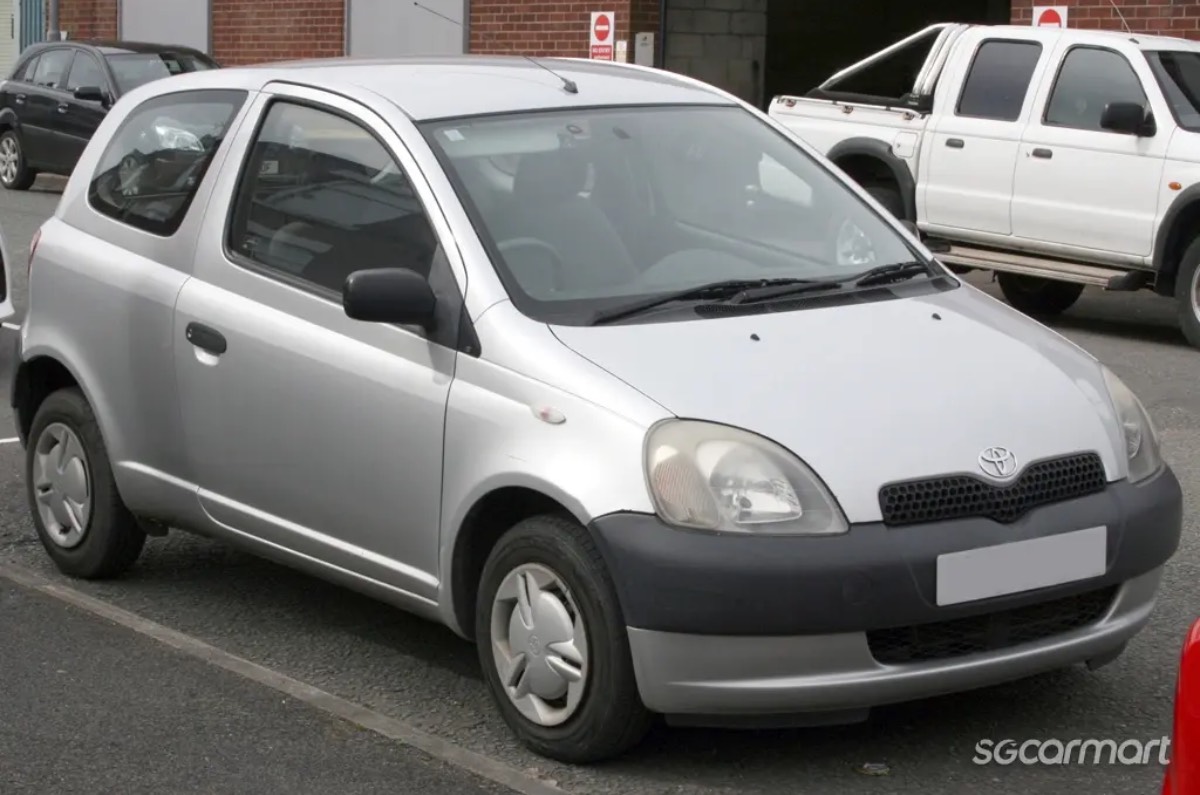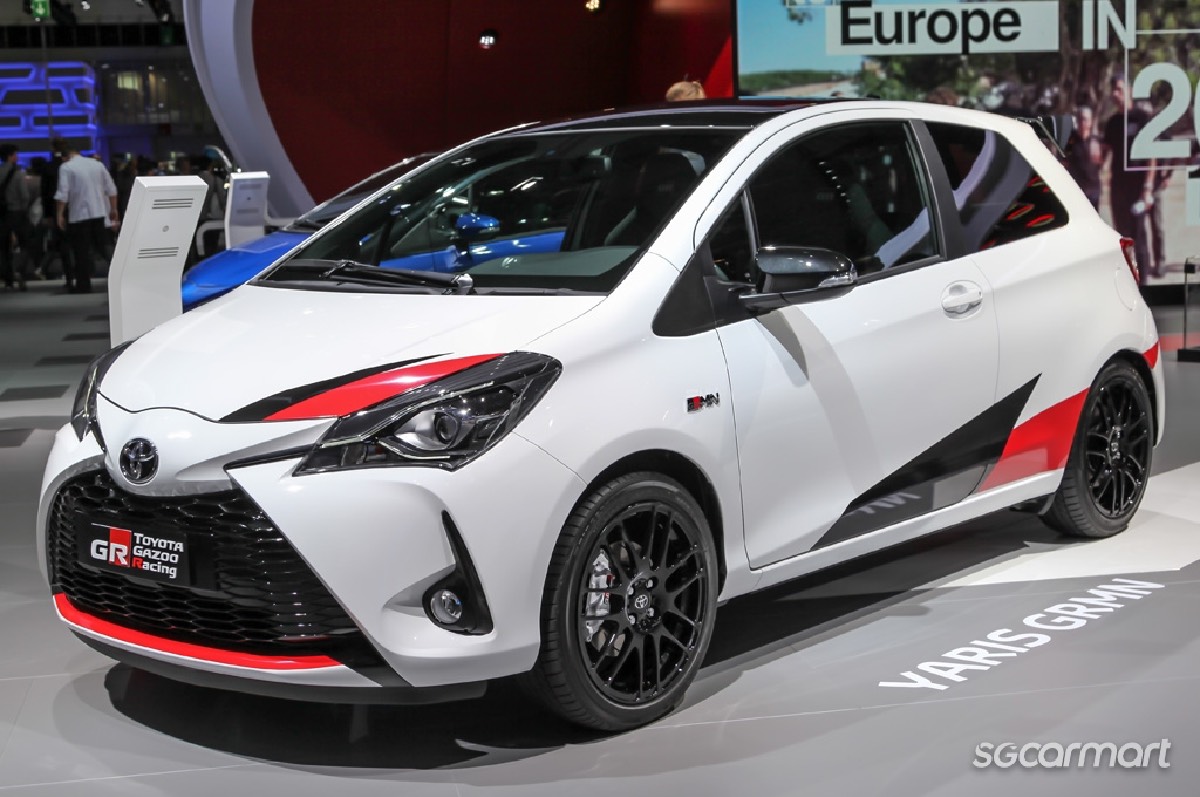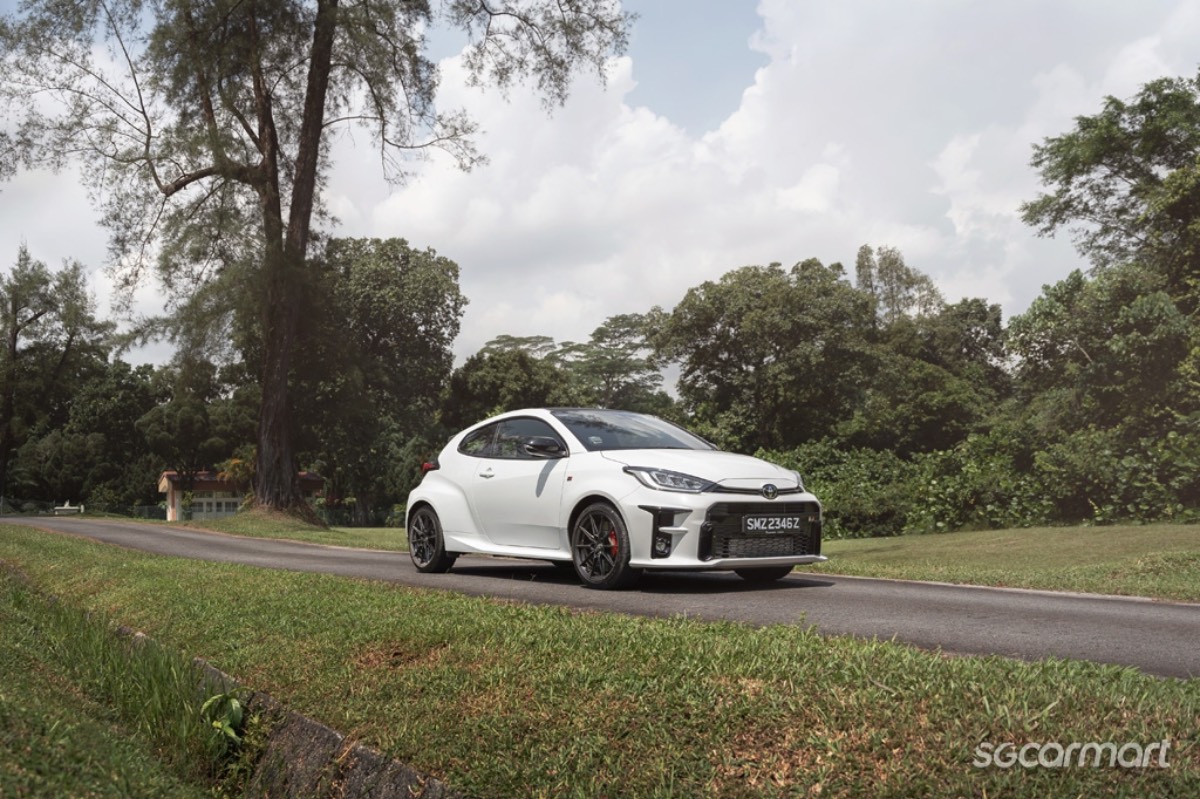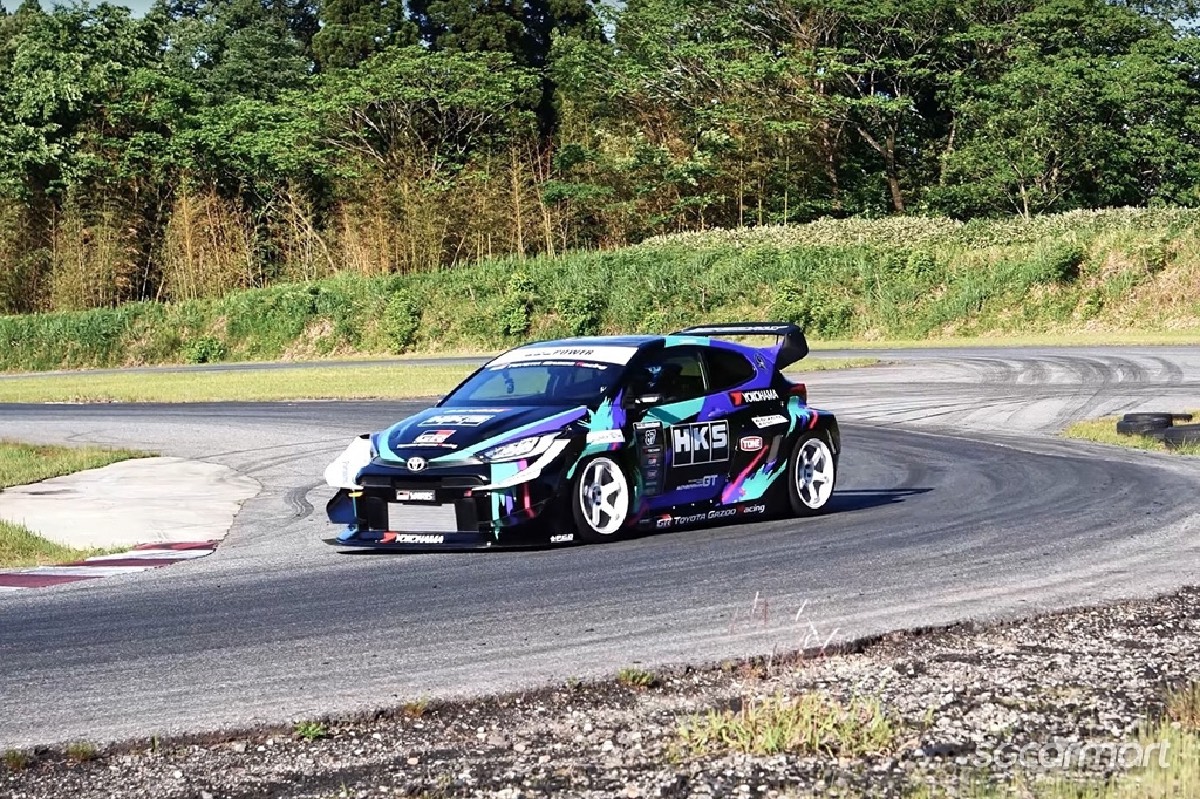Lauded by the media, this is why the GR Yaris is Toyota's greatest work in recent years


If you have read my previous piece on the E30 M3, you may have the idea that "homologation specials" are just production cars that have been massaged into race machines, then sold to the public in order to meet the race sanctioning bodies' restrictions.
But that is only a part of the story.
You see, there is another way to go about meeting homologation requirements: That is to come up with a thoroughbred race car engineered with the sole purpose to race, make it legal to be driven on the roads, and sell enough of them - this was what Toyota went with, and the result is the incredulous GR Yaris.

Engine: G16E-GTS 1,618cc in-line three-cylinder Twin-Cam Turbocharged D-4ST Direct/Port injection
Horsepower: 257bhp
Torque: 360Nm
Drivetrain layout: Front-engine, all-wheel drive


Before we get to the truly special GR Yaris, let's take a closer look at the Yaris nameplate. Originally introduced to replace the Starlet and Tercel, the first-generation Yaris was launched in 1999. Available in hatchback, sedan and coupe body styles, it was also marketed as the Vitz in Japan, and the Echo in other regions.

While the Yaris was mainly an economical compact car, Toyota actually made a couple of hotter versions back in the early 2000s.
The phase two first-generation Vitz RS tuned by Toyota Racing Development (TRD) was offered with a 1.5-litre turbocharged engine that made 148bhp, and could complete the century sprint in just 7.9 seconds!

You might be surprised to learn that the second and third-generation Yaris in sedan form is actually the Toyota Vios that we are familiar with over here in Singapore (also known as Belta in Japan).
The third-generation Yaris/Vitz also had a rather special treatment from Gazoo Racing - there were two variants of limited-production Yaris/Vitz GRMN, launched in 2013 and 2017 respectively.

The former has a turbocharged 1.5-litre engine that produced 150bhp while the latter has a 1.8-litre supercharged engine tuned by Lotus, producing 209bhp. Only 200 and 150 units of the respective variants of the third-generation Yaris/Vitz GRMN were ever made.

The fourth-generation Yaris (with the chassis code XP210) is the one that the GR Yaris is related to. This Yaris, built on the Toyota New Global Architecture (TNGA-B) platform is only available in a five-door hatchback body style. It also marks the first time that the Yaris nameplate was used in the Japanese market. While the five-door Yaris (built on the TNGA platform) is an excellent compact car with five-star safety ratings from ANCAP and Euro NCAP, it isn't fit to be a racing machine - at least not according to the brand's World Rally Championship (WRC) team.
That is why when Toyota decided to participate in WRC, it was committed to developing a bespoke, limited-production performance model - the three-door GR Yaris.
Built on a combination of the standard Yaris' TNGA-B architecture in front and the Corolla's TNGA-C architecture at the rear, the GR Yaris clearly is a special car that was born out of the brand's passion for motorsports and its dedication to performance in the WRC.

The late 90s was the time where manufacturers were still actively churning out homologation specials - cars like the Mitsubishi Evolution, the Subaru Impreza, the Ford Sierra Cosworth, the BMW E30 M3 and the Toyota Celica come to mind.
For the first time in decades, car enthusiasts will once again be able to purchase a purpose-built race car that has been adapted for road use. And that is why when Toyota announced the GR Yaris, it immediately stirred up the entire car industry and enthusiast communities.
Toyota did much more than combining two of its existing platforms and calling it a day. That wouldn't have resulted in a car that managed to wow so many. The GR Yaris is the result of the knowledge distilled from Toyota Gazoo Racing and Tommi Makinen's experience in WRC.

The GR Yaris was designed from scratch to achieve a high-rigidity body with excellent balance and optimised front and rear suspension geometry. Unlike the pedestrian Yaris, which is front-wheel driven, this homologation special utilises the "GR-FOUR" sports all-wheel drive system. This newly developed drivetrain uses a multi-plate clutch to distribute driving force to the front and rear wheels, transferring power to all four wheels to match road surface conditions with minimal power loss.


Expectedly, the engine within is something unconventional - instead of the four-cylinder engines that you typically find in compact performance cars, the GR Yaris is powered by a three-cylinder powerplant. And it isn't just any three-cylinder - the 1,618cc G16E-GTS was specially designed for the GR Yaris WRC rally car, which was limited to a maximum displacement of 1,620cc by the race series.
There are several reasons other than regulations to go this unconventional route - the engine is lighter than a four-cylinder by 20kg, it is smaller, and has less exhaust back pressure. Despite only having three cylinders and a rather small capacity, the GR Yaris manages to put out a respectable 257bhp and 360Nm of torque - quite a fair bit for a car of its size!
Furthermore, these engines are apparently extremely strong and have plenty of potential for power - an aftermarket tuner has managed to wring out 730bhp with stock engine internals (original conrods, crankshaft and pistons)!
Performance aside, the GR Yaris also has a bespoke and very muscular body - while its head and taillights are reminiscent of the five-door Yaris, its massive flared rear arches, extremely aggressive front bumper and a carbon composite roof make it distinct from its plebeian peer.

From the moment it was announced, the GR Yaris got all the attention in the industry - top publications from around the world were giving it perfect or near perfect scores in their reviews and car enthusiasts were all hyped up and raving about it.
Hence, it isn't surprising that all 22 units officially allocated to Borneo Motors, the Authorised Dealer for Toyota in Singapore, were sold out six months before the cars arrived.


Shortly after its introduction, aftermarket companies were all lining up to showcase their products for this hot new kid on the block. It didn't take long for Pandem, a famous wide-body aero kit manufacturer to come up with something that raises the GR Yaris' aggression to the next level.
Other famous aftermarket tuners such as HKS, TOM'S and Varis also came up with various performance and body parts for this hot hatch.
Famous Japanese racing driver Daigo Saito also has a GR Yaris built for drifting that is equipped with a 1,000bhp 2JZ and rear-wheel drive conversion. It is easy to see just how popular the GR Yaris is.

The aftermarket companies weren't the only one spicing up this hot hatch - not long after the GR Yaris was launched, Toyota Gazoo Racing introduced the GRMN Yaris at Tokyo Auto Salon in 2022. The GRMN Yaris benefits from increased structural rigidity thanks to an increase in number of spot welds and structural adhesives.
The GRMN is now also strictly a two-seater thanks to the cross brace that replaced the rear bench on the standard GR Yaris. A weight reduction of 20kg is achieved using carbon fibre in the hood, roof and rear spoiler.
While peak horsepower remains the same, torque has been increased to 390Nm, while the short-ratio gearbox has also been reinforced and strengthened, along with the addition of a new mechanical limited-slip differential.
There are two additional option packs - "Rally Package" and "Circuit Package" - that add even more goodies to the GRMN Yaris.
Unlike the other cars that I have written about in the Motoring Icons series, the GR Yaris isn't a vintage car that you will have difficulty sourcing.
At the right price ($230,000 - $260,000) you can get one from the used car market right now. You can even get a brand new unit from a parallel importer if you want to!
The GR Yaris sure is a special car that will likely see its value appreciating in the future. After all it is not only one of its kind, but also likely to be one of the last conventional hot hatches to roll off the production line, seeing how the world is shifting away from internal combustion engines and onto electrified vehicles.
ALSO READ: Toyota Vellfire Hybrid delivers 'quiet luxury' and refinement but at a cost